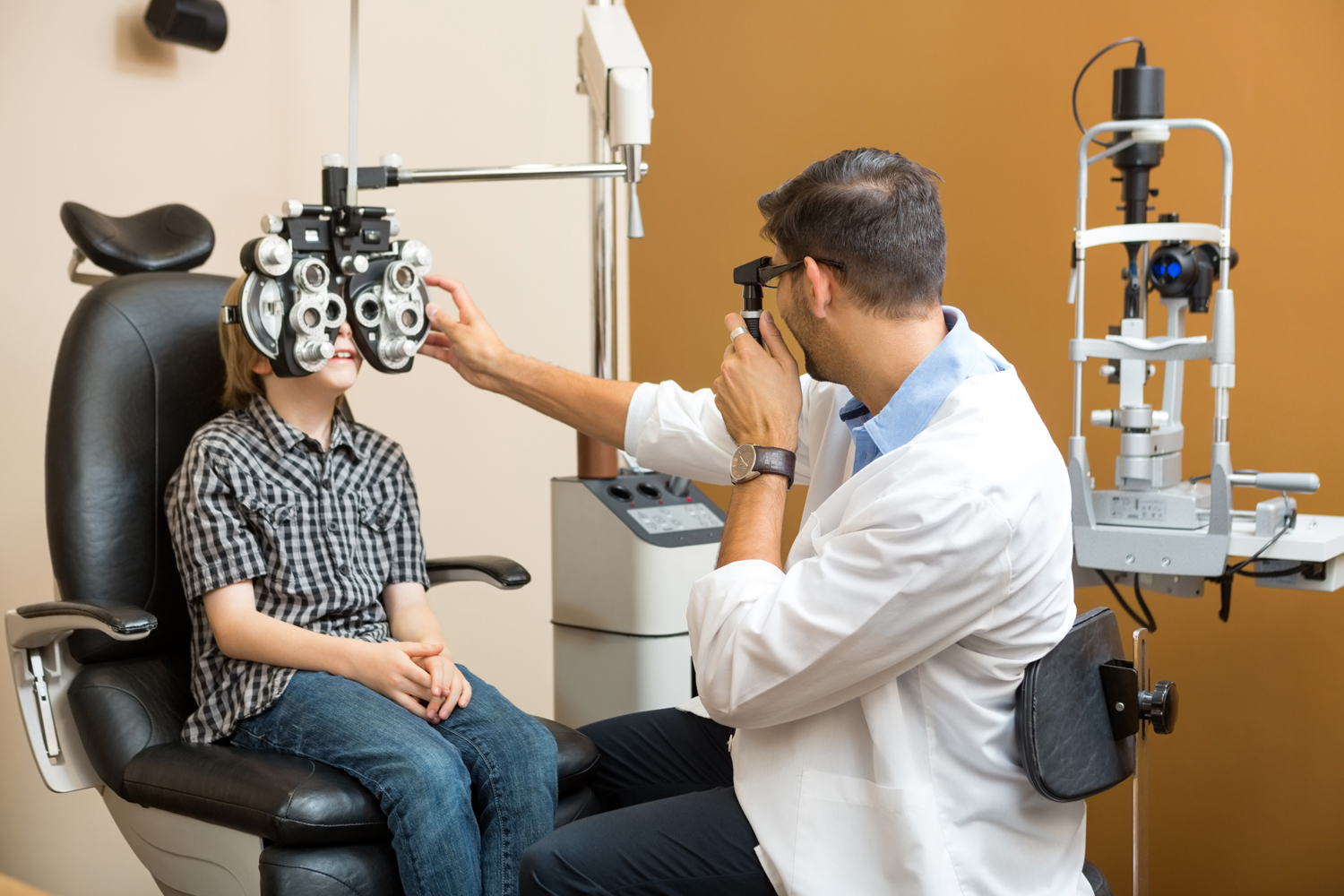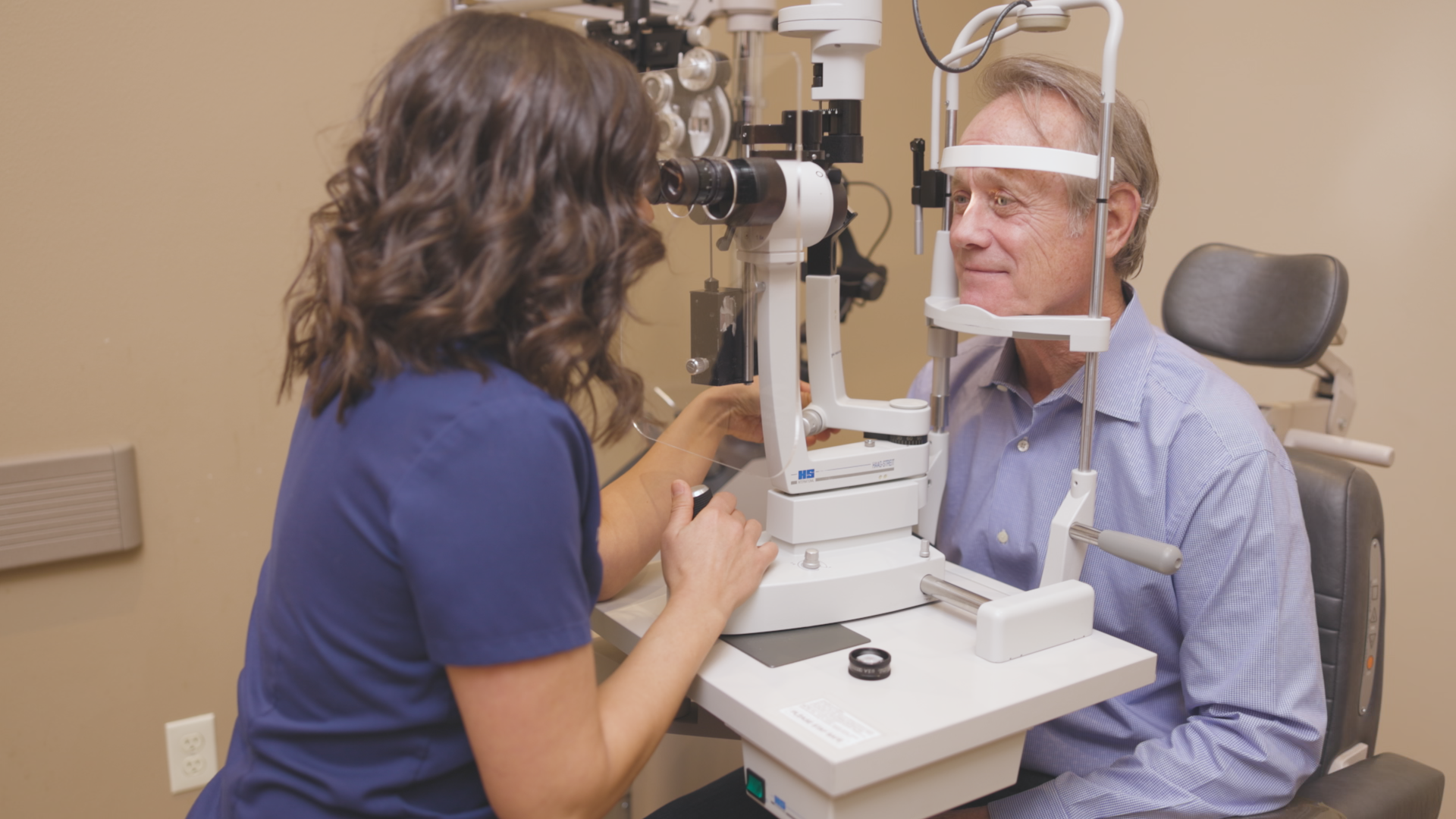The Value of Regular Check-Ups with an Eye Doctor Optometrist
The Value of Regular Check-Ups with an Eye Doctor Optometrist
Blog Article
Exploring the Latest Technological Developments in Optometry and What They Mean for Optometrists
In the ever-evolving field of optometry, current technological developments are reshaping how specialists come close to eye care. From the accuracy of Optical Comprehensibility Tomography to the nuanced insights supplied by AI-driven diagnostic tools, these developments are setting new criteria in client assessment and treatment. Teleoptometry is poised to redefine accessibility, guaranteeing that knowledge goes beyond geographical restrictions. As these innovations penetrate the method, optometrists are faced with the difficulty of welcoming these tools to improve patient outcomes. The question stays: how will these technical shifts redefine the functions and responsibilities within the occupation?
Developments in Diagnostic Tools
Advancing the area of optometry, technologies in analysis devices have revolutionized the way eye treatment experts assess and detect ocular conditions and aesthetic disabilities. The previous years has experienced significant technological developments, allowing more comprehensive and accurate evaluations. Optical Coherence Tomography (OCT), as an example, gives high-resolution cross-sectional pictures of the retina, enabling the very early detection of diseases such as glaucoma and age-related macular deterioration. This non-invasive imaging technique has become crucial in contemporary optometric method.
One more key development is the introduction of innovative corneal topography systems, which map the surface area curvature of the cornea with accuracy. These devices are especially valuable for fitting contact lenses and detecting corneal conditions. Digital retinal imaging has changed typical ophthalmoscopy, providing in-depth, panoramic sights of the retina that facilitate detailed visual evaluations.
The growth of wavefront aberrometry has also been essential, making it possible for the evaluation of refractive mistakes with unequaled precision (Optometrist Chino). This innovation assists in personalizing restorative lenses and boosting surgical outcomes for refractive surgeries. Collectively, these diagnostic improvements equip optometrists to supply remarkable person treatment, making certain very early treatment and customized therapy approaches, inevitably enhancing aesthetic wellness end results
AI in Individual Monitoring
Structure on the foundation of sophisticated analysis tools, the incorporation of artificial knowledge (AI) in client management represents a transformative leap for optometry. AI systems are increasingly employed to improve efficiency, precision, and customization in person care.
In addition, AI-driven systems facilitate structured individual communications and management processes. Automated organizing, digital examinations, and personalized follow-up strategies not only improve person fulfillment yet additionally optimize time management for experts. These systems can triage clients based on the necessity of their conditions, ensuring that those in crucial requirement obtain prompt attention.
Furthermore, AI improves decision-making by supplying eye doctors with evidence-based suggestions and therapy paths. By integrating data from electronic wellness documents, AI devices offer understandings that educate professional decisions, reducing the threat of mistakes and improving patient outcomes. As AI remains to evolve, its duty in individual management will likely broaden, reshaping the landscape of optometric care.
Breakthroughs in Retinal Imaging
In the world of optometry, retinal imaging has actually observed exceptional technical advancements that are improving diagnostic capabilities and person treatment. Advancements such as Optical Comprehensibility Tomography (OCT) and fundus photography have reinvented just how optometrists imagine and assess the retina.
Improved Find Out More imaging modalities like OCT angiography are further refining analysis precision. This non-invasive method maps blood circulation in the retina, offering essential understandings into vascular health without the demand for dye injections. Furthermore, adaptive optics innovation is being incorporated into retinal imaging systems to fix ocular aberrations, supplying unmatched picture quality. Such developments help with the recognition of min retinal modifications that could signify illness development.
Moreover, innovations in expert system are enhancing retinal imaging by allowing computerized evaluation of huge datasets. These systems help optometrists in identifying patterns indicative of pathology, thus improving diagnostic accuracy and effectiveness. Jointly, these innovations are transforming retinal imaging right into a keystone of contemporary eye care, boosting end results and increasing restorative possibilities.
Teleoptometry's Expanding Function
Teleoptometry is progressively coming to be an essential component of eye treatment, driven by advancements in electronic communication and analysis devices. This is especially reference advantageous in country and underserved areas where access to specialized eye care is typically restricted.
The integration of expert system (AI) further enhances teleoptometry, allowing the analysis of visual information and helping in the detection of ocular conditions such as glaucoma and diabetic retinopathy. AI-powered algorithms can quickly translate intricate imaging data, offering optometrists with beneficial understandings that bolster scientific decision-making.
Additionally, teleoptometry sustains connection of care with seamless integration with digital health records (EHRs), allowing eye doctors to keep detailed patient backgrounds. This makes sure that patients obtain customized and consistent treatment also when speaking with various specialists.
Despite these benefits, obstacles continue to be, consisting of making sure data protection and taking care of patient assumptions. Teleoptometry stands for a significant stride towards more obtainable, effective, and patient-centered eye care. As modern technology advances, its duty is poised to expand even more.

Future Patterns in Eye Care
A myriad of innovative trends is readied to reshape the future of eye care, driven by technical innovations and the progressing needs of individuals. One substantial pattern is the integration of expert system (AI) in diagnostics, which assures to boost the accuracy and efficiency of eye evaluations. AI formulas can assess vast quantities of information from retinal photos, potentially discovering problems like diabetic person retinopathy and glaucoma earlier than traditional techniques.
Additionally, tailored medicine is getting grip in optometry, with hereditary testing informing customized therapy plans. This technique aims to enhance person results by tailoring interventions to resource private genetic profiles. Wearable technology, such as wise contact lenses, is also coming up, offering real-time monitoring of intraocular pressure or sugar degrees, hence supplying continual understandings into eye and systemic health.
The adoption of increased fact (AR) and online fact (VIRTUAL REALITY) in training and person education and learning is an additional emerging trend. These technologies supply immersive experiences that can improve understanding and skills both for eye doctors and people. As these patterns develop, optometrists need to remain abreast of technical innovations to provide innovative care, making sure better client outcomes and complete satisfaction in the dynamic landscape of eye treatment.
Verdict

Collectively, these diagnostic improvements encourage eye doctors to supply remarkable client care, making certain very early intervention and tailored treatment strategies, eventually boosting aesthetic wellness end results.

As these technologies proceed to develop, eye doctors must adjust and incorporate them right into technique, ultimately maximizing workflow efficiency and elevating the standard of eye treatment delivered to people.
Report this page